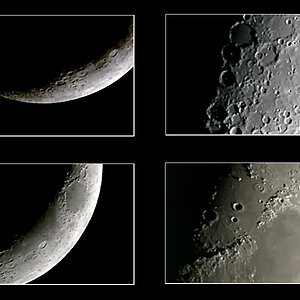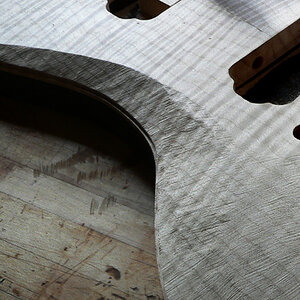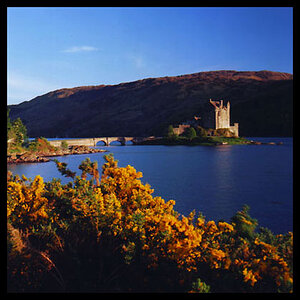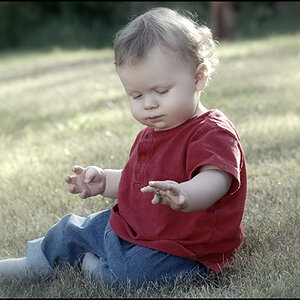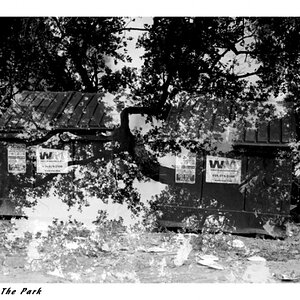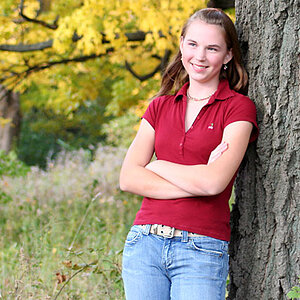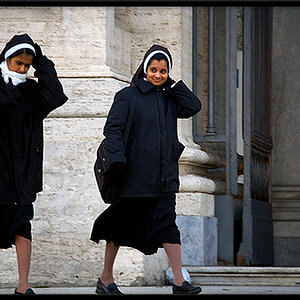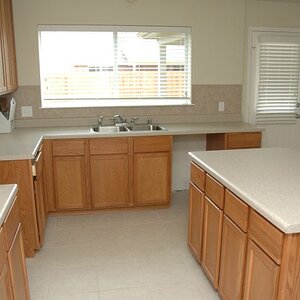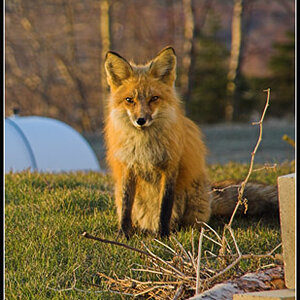hazzayoungn
TPF Noob!
- Joined
- Dec 20, 2006
- Messages
- 110
- Reaction score
- 0
- Location
- Seattle
- Can others edit my Photos
- Photos OK to edit
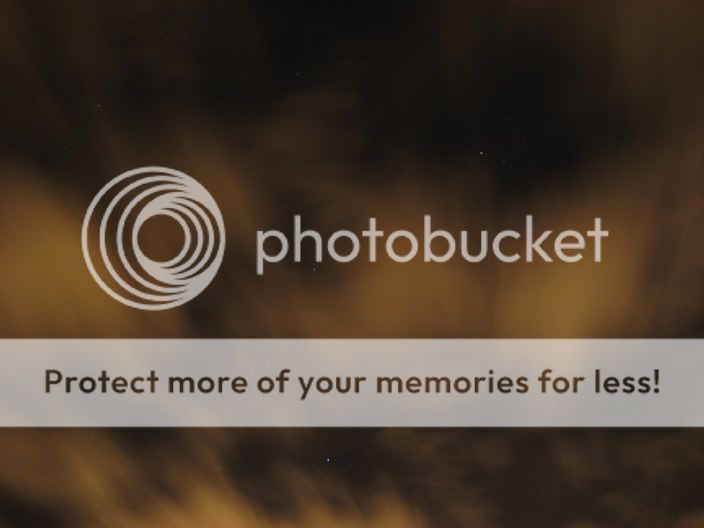
i got a tripod, and i took a picture of the sky. i cant exactly put my finger on it, but it looks a bit weird to me. otherwise though, how could i reduce the noise in this picture, and what type of white balance is best for night skys?
thanks
canon sd600
15 sec shutter
iso80


![[No title]](/data/xfmg/thumbnail/36/36392-ee7dc51c9be334b9979003f6316db12e.jpg?1619737547)

![[No title]](/data/xfmg/thumbnail/36/36394-700ff78d7b45c663863e641a9bcf1fe1.jpg?1619737548)
